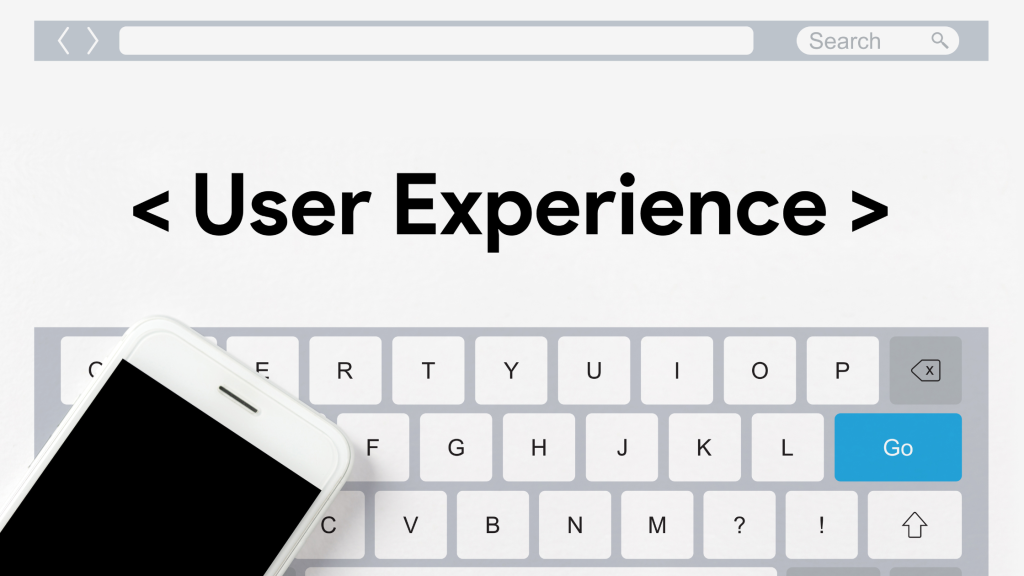Understanding the User’s Journey
Every user comes to your website with a different background, intention, and level of digital savvy. Crafting a user journey that feels personal and intuitive to various users is an intricate dance of design and psychology. It starts with extensive research: analyzing data, understanding pain points, and identifying user goals. Creating detailed personas can help empathize with different visitor segments, catering to their unique needs and expectations.
Designing for Clarity and Intuition
Your website should communicate clearly and guide users effortlessly. This means employing a design that’s both aesthetically pleasing and functionally intuitive. Organizing content with a logical flow, using clear calls-to-action (CTAs), and ensuring consistency across pages reduces cognitive load and navigational frustration. The layout should be familiar yet fresh, allowing users to find their way naturally.
Optimizing for Speed and Efficiency
In the age of instant gratification, a slow website is a surefire way to deter visitors. Users equate the speed of your website with the efficiency of your business. Techniques like image optimization, reducing redirects, and using content delivery networks (CDNs) can dramatically improve load times. Moreover, optimizing the website’s backend with efficient code and reliable hosting ensures that the site performs well under any traffic conditions.
Embracing Mobile-First Design
With the majority of web traffic now coming from mobile devices, a mobile-first design is not just a recommendation—it’s a necessity. This approach starts the design process with the smallest screen in mind, ensuring that the most critical information and functions are presented cleanly and conveniently on mobile devices. Responsive design then scales up to larger screens, guaranteeing a consistent experience across all devices.
Crafting Engaging Content
The content on your website is the main course of your digital gathering. It should be engaging, informative, and aligned with your users’ interests. Each piece of content, from blog posts to product descriptions, should be written with a clear purpose and audience in mind. Utilizing various media formats like videos, infographics, and podcasts can also cater to different learning styles and keep users engaged.
Interactive Elements and User Engagement
Interactivity on a website can transform passive browsing into an active experience. Elements like interactive infographics, calculators, or simple animations can engage users and provide value. When users interact with your website, they invest their time and are more likely to remember your brand. Ensure that these elements are accessible and enhance the user journey without becoming distractions.
Prioritizing Accessibility and Inclusivity
An accessible website is a cornerstone of inclusivity, ensuring that all users, regardless of ability, can navigate and interact with your site. This includes following Web Content Accessibility Guidelines (WCAG) by providing text alternatives for non-text content, ensuring sufficient contrast between text and background, and making all functionality available from a keyboard.
Leveraging Feedback for Continuous Improvement
Feedback is the compass that guides the evolution of your website. Tools like on-site surveys, user testing, and feedback widgets can provide direct insights into how users experience your site. This continuous loop of feedback and improvement keeps the website aligned with user needs and preferences.
Testing and Analytics: Measuring UX Success
Quantifying the success of your UX can be challenging, but it’s crucial for continuous improvement. Regularly analyze user behavior through heatmaps, click-tracking, and funnel analysis to understand how users interact with your site. A/B testing different design elements can also offer insights into what works best for your audience.
Conclusion: The Symphony of User Experience Design
Designing a website with an exceptional user experience is like conducting a symphony—every element must come together harmoniously. It’s about understanding the diverse needs of your audience, creating a space that’s intuitive to navigate, and providing content that engages and informs. It’s a commitment to excellence, reflecting the ethos of your brand and the value you place on your customers’ time and experience.
In the vast digital landscape, a website that offers a superior user experience stands tall like a lighthouse, guiding users through the clutter and noise to a haven where they feel valued and understood. By committing to the principles of user-centric design and continuous improvement, you can create a digital space that doesn’t just meet expectations but exceeds them, turning visitors into advocates for your brand.

